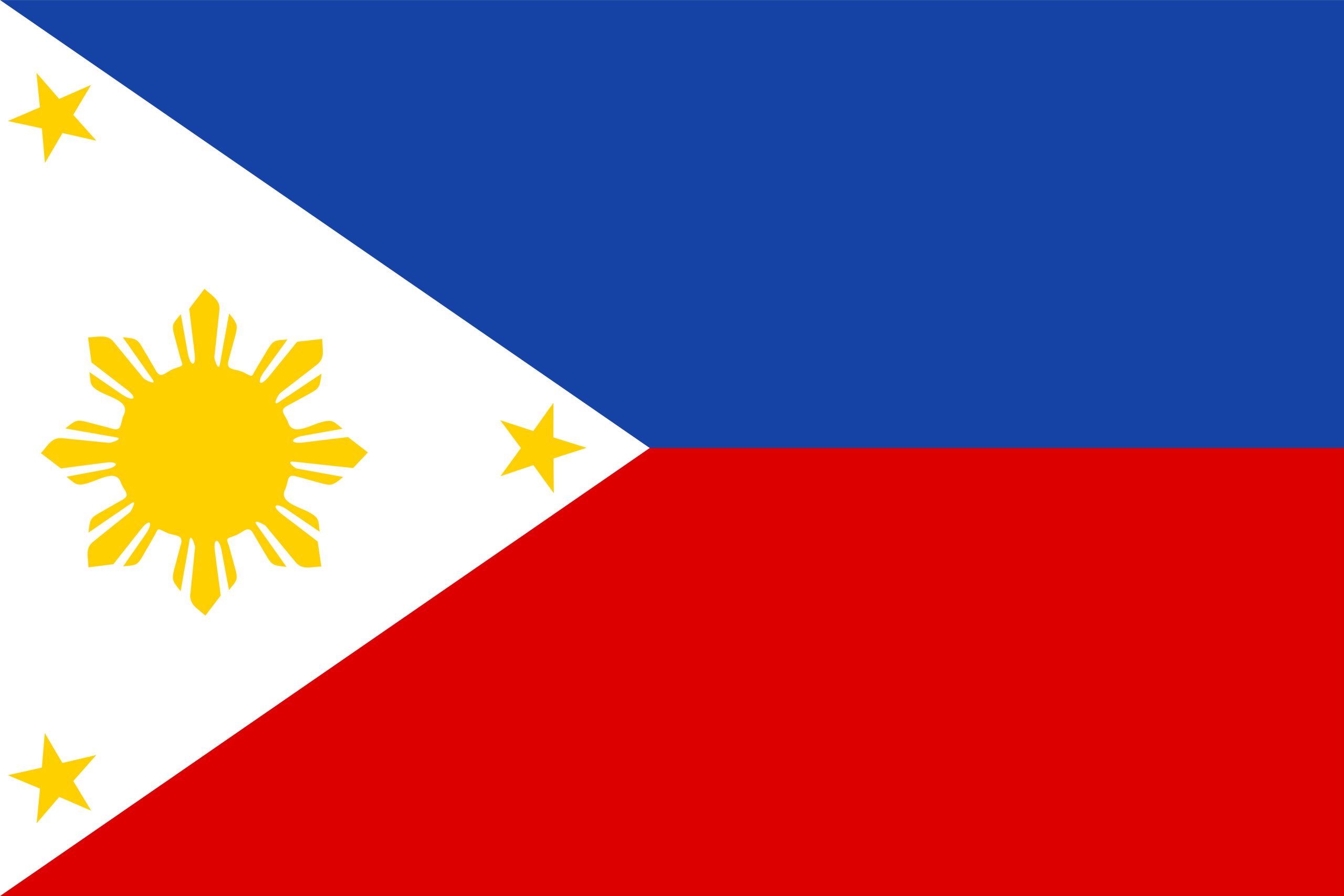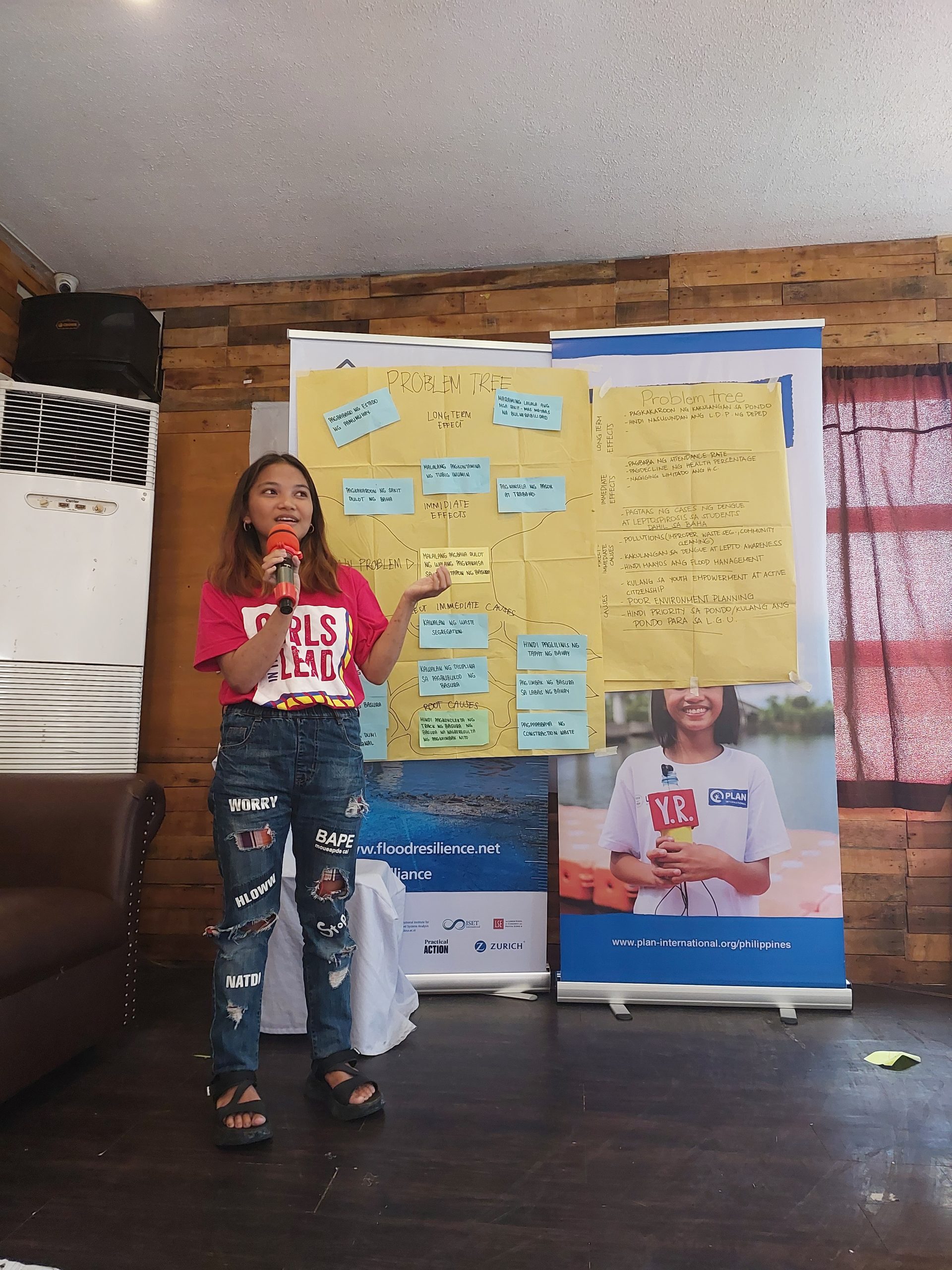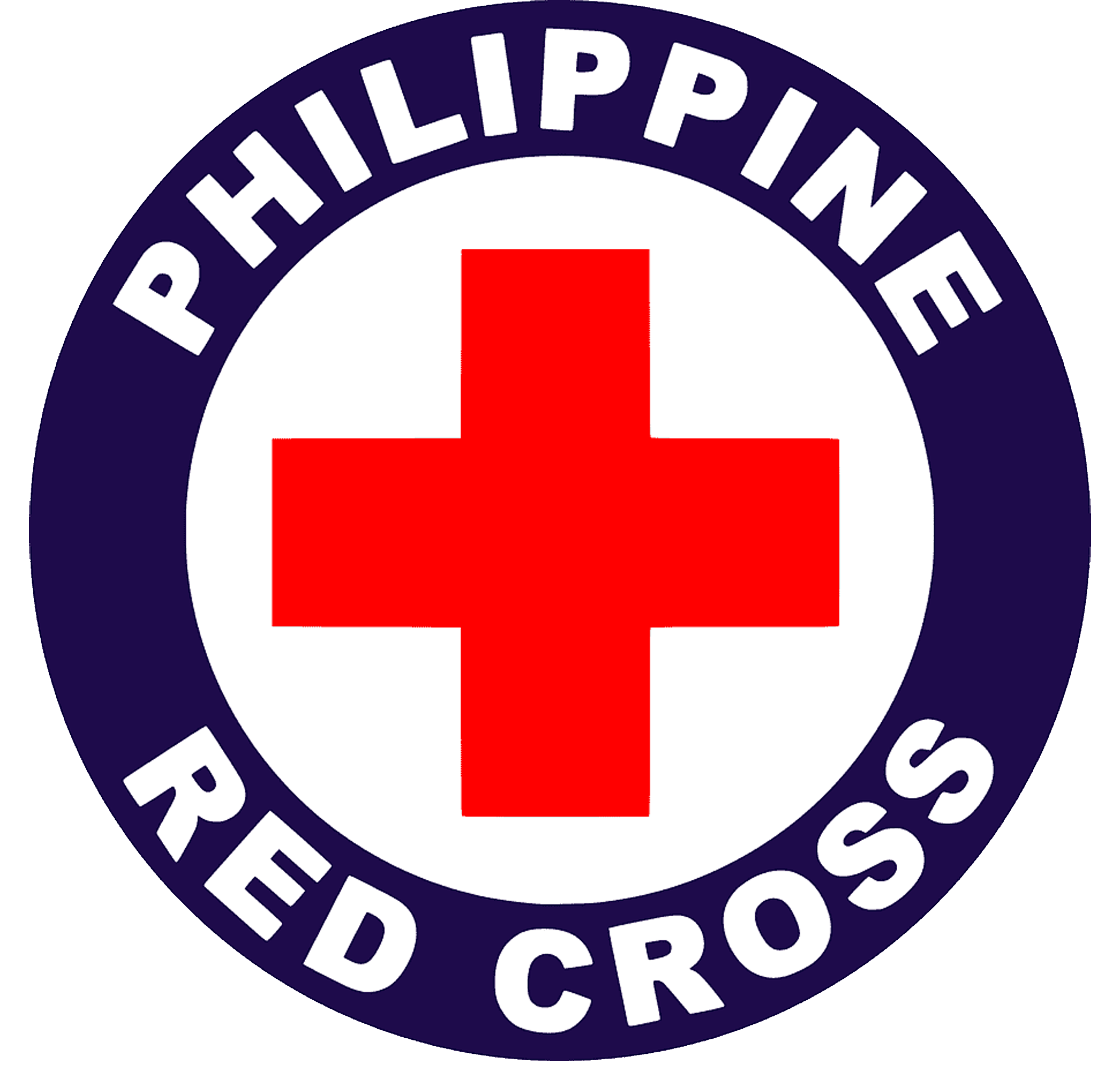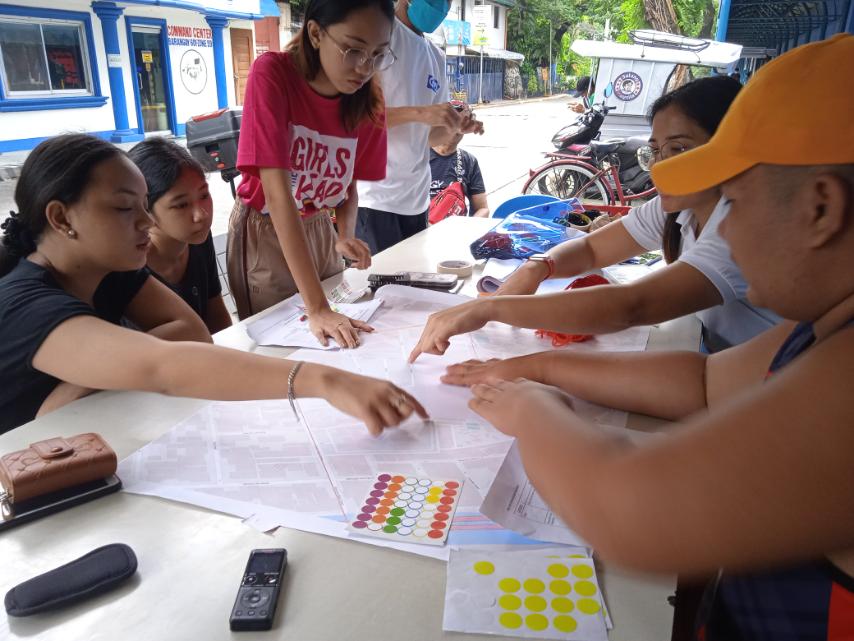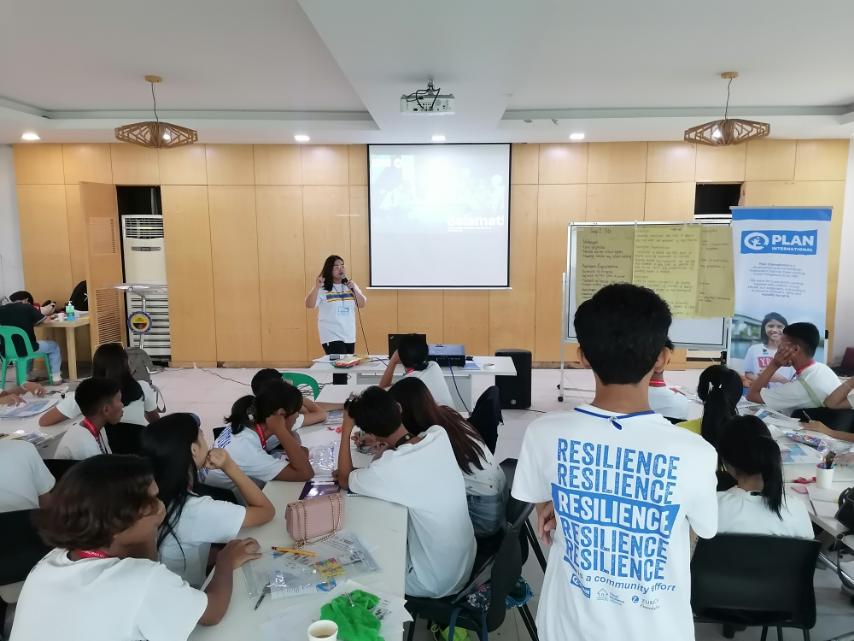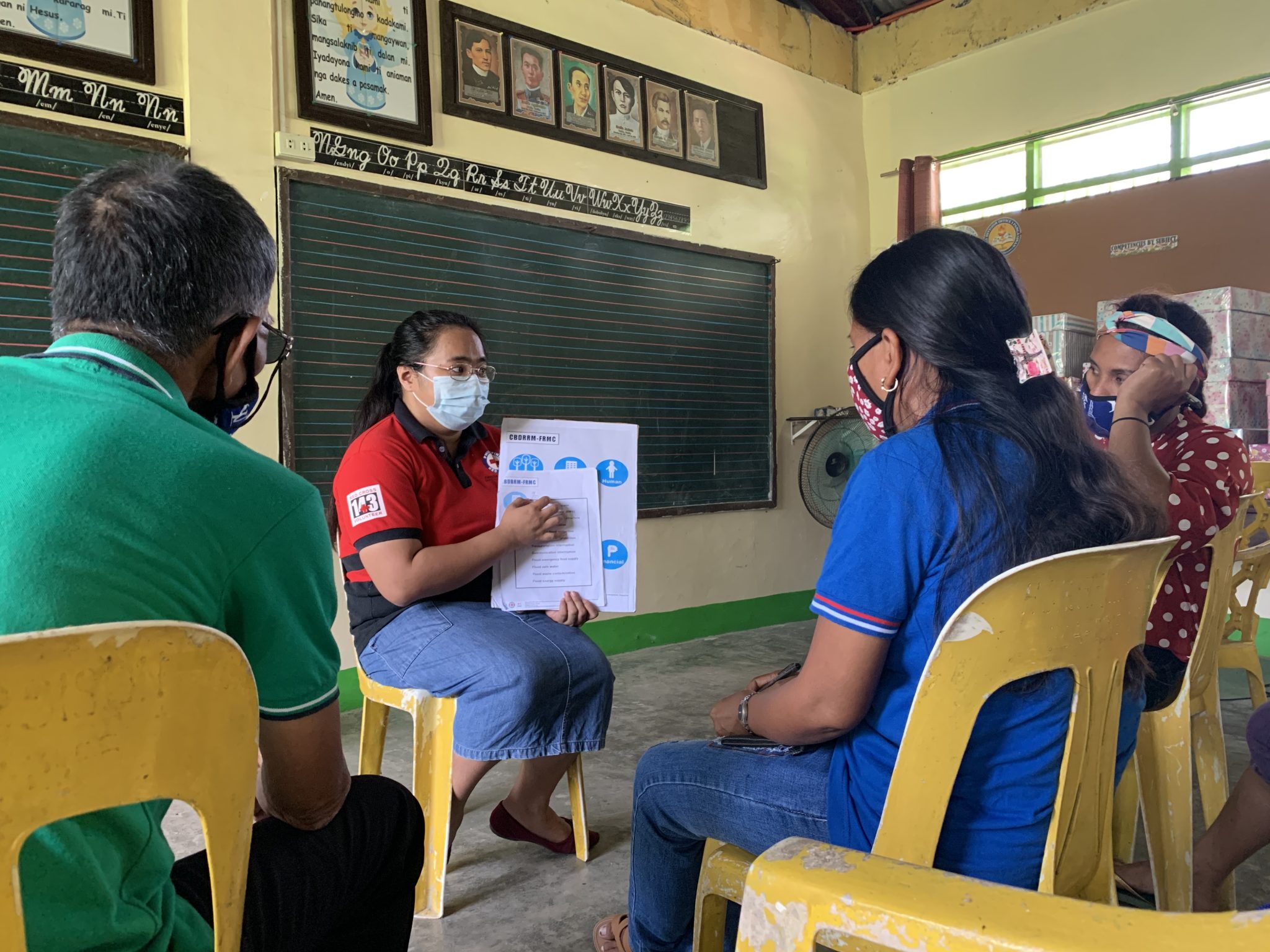Our impact so far
Manila City and Navotas City are exposed to sea level rise and are at-risk of sinking below sea level. Manila is one of the world’s most densely populated cities and the absence of viable physical space to evacuate exacerbates the already vulnerable condition of the most vulnerable population in the city. The City of Navotas is exposed to risks during typhoons, heavy monsoon rains and tidal inundations. Local area estimates indicated that more than 57 percent of the informal settler families in Navotas City live along the coastlines, making them susceptible to the impact of flooding.
Plan International works in seven urban barangays in Metro Manila, three riverine barangays in Manila City, and four coastal barangays in Navotas city. Baseline research highlights the need for improving young people’s and policymakers’ understanding of and response to the changing risks brought about by climate change and changing urban landscapes. Plan is supporting these communities through improving risk awareness and developing risk-informed plans and programs, providing livelihood support for improved resilience, and fostering an enabling environment for a more inclusive participation from all stakeholders, with institutions providing a safe and secure environment for people’s well-being.
Through the Alliance, the Philippine Red Cross has implemented a diverse range of evidence-based resilience building interventions through engagement with local populations and stakeholders at national and subnational levels.
Activities such as Red Cross 143, health and first aid training and setting up mobile health clinics have ensured that communities are more informed about flood risk, have the skills to face floods and are more organised to take action before, during and after floods. Communities have collaborated with key stakeholders to leverage the physical capital, through the strengthening of community-based Early Warning Systems, and the natural capital, through environmental management and tree planting, for mitigation and adaptation measures that protect lives and livelihoods.
The future
The aim of Plan’s work in the Philippines is to continue strengthening the disaster and climate resilience capacity of the vulnerable population. This will be achieved through improving the capacities of communities and governments to comprehend climate and disaster risk information and use it to create responsive, inclusive and risk-informed plans and policies.
Looking to the future, the Philippine Red Cross aims to target 2 major priorities:
- Ensure early warning messages for floods, typhoons, and heatwaves are localized and actionable, reach vulnerable communities on time and result in early actions to protect lives and livelihoods and reduce losses and damages.
- Support the increased resilience of people to floods, typhoons and heatwaves by improving risk governance through revised policies and increased participation of vulnerable communities in local, municipal/city and provincial climate change adaptation and disaster risk reduction and management planning.
